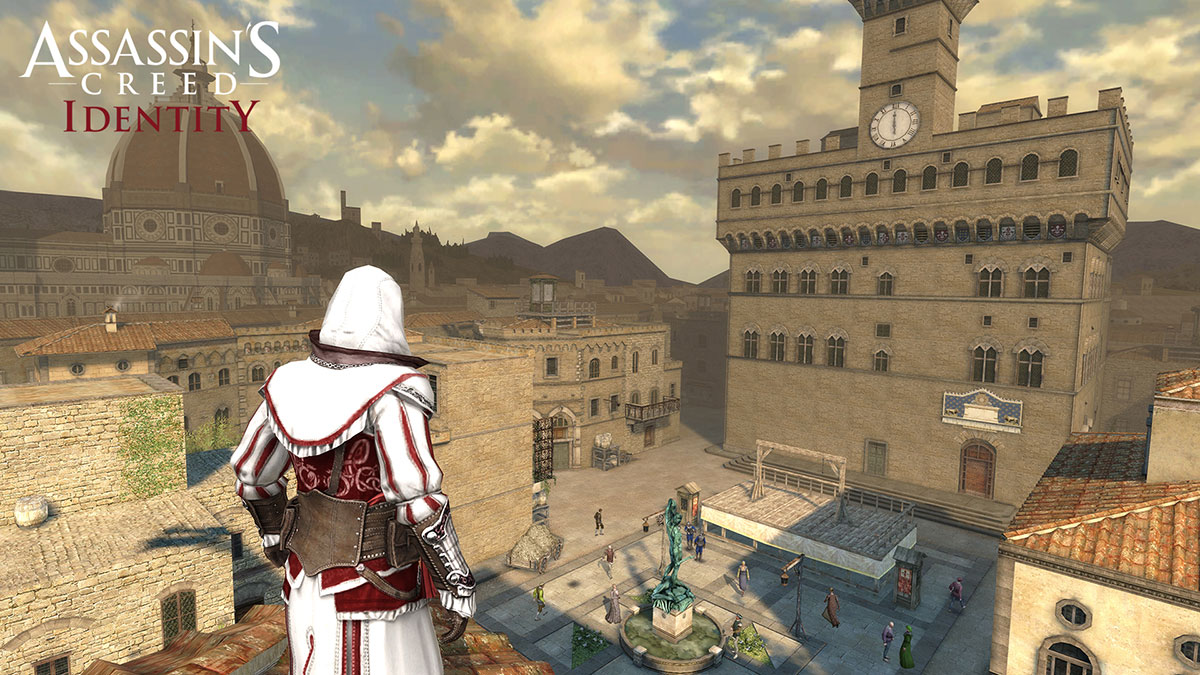Introduction
In the realm of gaming, historical settings offer a captivating gateway to the past, immersing players in bygone eras and cultures. From the lavish streets of the Italian Renaissance to the gritty alleys of Victorian England, these settings serve as the backdrop for unforgettable gaming experiences. One such epoch that has captured the imagination of gamers and developers alike is the Italian Renaissance, renowned for its artistic splendor, architectural marvels, and cultural dynamism.
The Italian Renaissance
The Italian Renaissance, spanning roughly from the 14th to the 17th century, was a pivotal period in history marked by a revival of art, literature, and humanism. Games like the Assassin’s Creed series, particularly “Assassin’s Creed II” and “Assassin’s Creed Brotherhood,” transport players to this era, showcasing the opulence of cities like Florence, Venice, and Rome.
Architecture
The architectural landscape of the Italian Renaissance is meticulously recreated in these games, featuring iconic landmarks such as the Florence Cathedral (Il Duomo), the Rialto Bridge in Venice, and the Colosseum in Rome. The attention to detail in the intricate designs of buildings, the use of arches, domes, and columns, reflects the grandeur of the period. Players can wander through bustling streets lined with palaces, churches, and markets, capturing the essence of Renaissance urban planning.

Culture
The cultural ambiance of the Italian Renaissance permeates these games, portraying a society driven by art, patronage, and political intrigue. Players interact with historical figures like Leonardo da Vinci, experiencing the intellectual fervor and creative brilliance of the era. The emphasis on artistry, from the paintings adorning buildings to the exquisite attire worn by characters, reflects the aesthetic sensibilities of the time.
Historical Accuracy
While gaming often takes creative liberties for storytelling and gameplay purposes, titles set in the Italian Renaissance strive for a semblance of historical accuracy. They incorporate real events, figures, and locations, albeit within the framework of a fictional narrative. The cities’ layouts, architectural styles, and historical context are meticulously researched, providing players with an immersive experience that captures the essence of the period.
Beyond the Italian Renaissance
While the Italian Renaissance holds a prominent place in gaming, it’s not the sole historical era that captivates players. Gaming has delved into various periods, each with its unique charm and authenticity:
Feudal Japan
Games like “Ghost of Tsushima” transport players to feudal Japan, showcasing its serene landscapes, traditional architecture, and samurai culture. The attention to detail in recreating authentic Japanese locales, from lush forests to ancient temples, offers a visually stunning and culturally rich experience.
Victorian England
Stepping into the gaslit streets of Victorian London in games like “Assassin’s Creed Syndicate” allows players to navigate an industrialized city teeming with contrasts. The architecture, from imposing Gothic structures to cramped slums, mirrors the societal divide of the time, while the attire and technology evoke the essence of the Industrial Revolution.

Ancient Egypt and Greece
Games like “Assassin’s Creed Origins” and “Assassin’s Creed Odyssey” transport players to ancient civilizations, portraying the magnificence of the pyramids, the vibrancy of Greek cities, and the mythology woven into the fabric of everyday life. The attention to historical detail in recreating these ancient worlds adds depth to the gameplay experience.
Conclusion
Historical settings in gaming serve as more than mere backdrops; they become characters in their own right, shaping narratives and immersing players in rich, evocative worlds. Whether it’s the elegance of the Italian Renaissance or the mystique of ancient civilizations, developers strive to balance historical accuracy with creative freedom, allowing players to traverse time and immerse themselves in the tapestry of history. As gaming technology continues to evolve, the exploration of historical settings promises even more immersive experiences, inviting players on captivating journeys through the annals of time.




